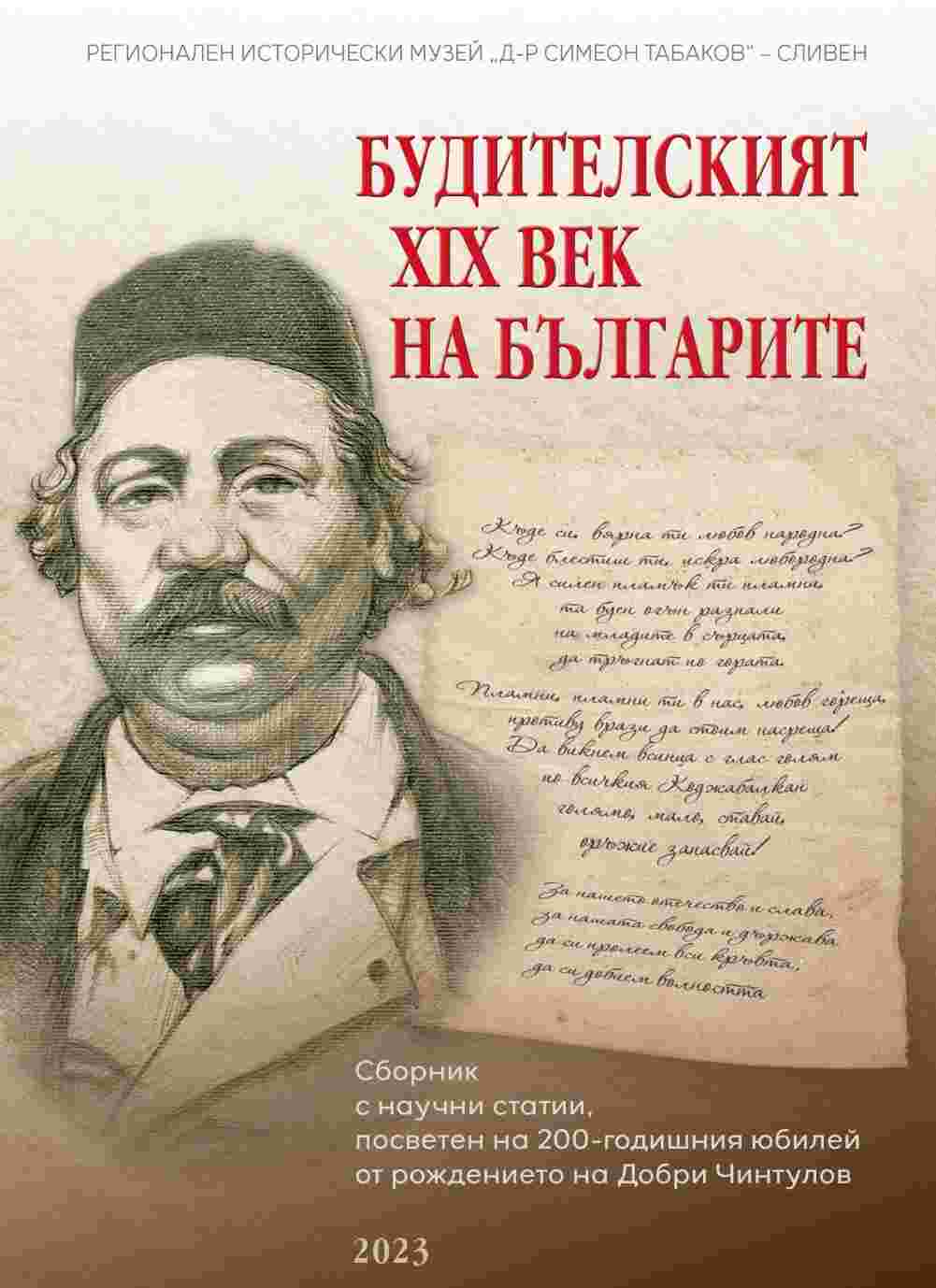Султана Горова-Петрович и четническото знаме
Sultana Gorova-Petrovich and the Rebel Band Flag
Author(s): Mariya Dzhurkova
Subject(s): History, Local History / Microhistory, Modern Age, 19th Century
Published by: Център за стопанско-исторически изследвания
Keywords: Sultana Ivanova Gorova-Petrovic; the flag of Stefan Karadzha; revolutionary movement; women in the Bulgarian Liberation movement; rebel band flag
Summary/Abstract: This article constitutes a historical study, whose goal is finding the historical reality in regard to the sewing of one of the iconic objects of the revolutionary movement in Romania - the flag of Stefan Karadzha’s band of rebels. The author uses an analytical method of chronological research and historical description in order to reach the conclusion that Sultana Ivanova Gorova-Petrovic was the person who sewed the flag of the rebel band flag. As a result of this historical study, there is a well-argued, systematised narrative which outlines and analyses a series of chronologies, in which the author objectively seeks, studies and reveals the objective cause and effect links which define them as truth. Attention is paid in this work to the family tree and the links between Sultana Petrovic, the revolutionary movement in the 19th century and the revolutionaries in Bulgaria and Romania. Through studying various historical data, literature, testimonies of contemporaries and scientific publications, the author reaches the conclusion that there is irrefutable historical evidence showing that the studied person is the one who sewed the rebel band flag. Photographs, letters, written evidence, family trees and testimonies of contemporaries for the period 1814-1975 are used in the work. The wide temporal scope of the study gives an opportunity to present a well-argued and influential role not only of the studied person but the participation of Bulgarian women in general in the Bulgarian Liberation movement. A successful attempt has been made to perform a comparative analysis of the possibility of error in the translation of historical data by using transliteration from Romanian to Bulgarian. Due to the characteristics of the study conducted in the article, the goal, the nature of the gathered data, the analysis and the development of each of them, it is certain that the result is representative and there is every reason to claim that it reflects the reality.
- Page Range: 264-277
- Page Count: 14
- Publication Year: 2023
- Language: Bulgarian
- Content File-PDF

